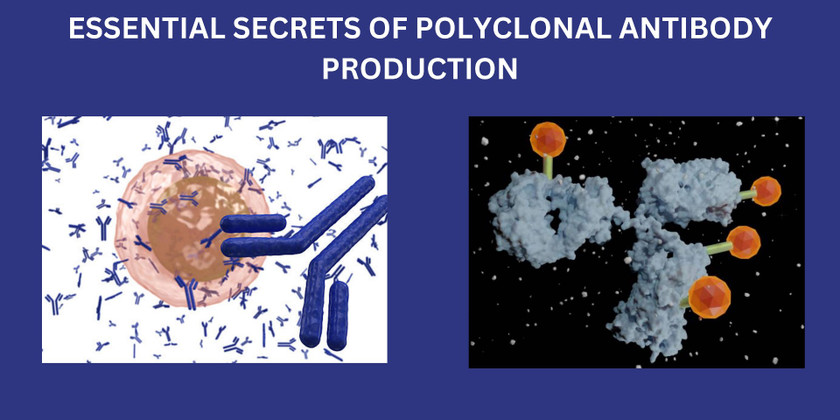Essential Secrets of Polyclonal Antibody Production
May 4th 2023
The availability of commercial antibody providers has dramatically expanded the scope of study in immunoassays and immunohistochemistry. Thousands of antigen-specific products are just a click away and can be delivered the following day at the latest.
Today, we will examine the production of polyclonal antibodies. This procedure can be frightening because of the upfront expenses and potential dangers, but it's an excellent approach employed by commercial antibody providers.
In addition, there is only a little difficulty involved. If you are intelligent enough to manage your thermocycler's warranty, you can order polyclonal antibodies and learn about the procedures involved. In any case, the animal does the majority of the task.
Let's begin by addressing basics like what is a polyclonal antibody.
Polyclonal antibodies: What Are They?
A polyclonal antibody is a collection of several separate immunoglobulins, each produced by a distinct clone of B cells. The multiple epitopes, or adherence sites, on one antigen are what these antibodies seek out. Polyclonal antibodies distinguish themselves from monoclonal antibodies because they come from various B-cell clones and then focus on multiple epitopes.
The Secret to Polyclonal Antibody Production
Polyclonal antibodies (pAbs) are created by introducing a particular antigen into laboratory animals like rabbits and goats. The animal is immunized several times to produce more titers of antigen-specific antibodies. These polyclonal antibodies can be extracted and separated from antiserum in weeks.
Polyclonal antibody production in rabbits is simpler and less expensive than monoclonal antibody synthesis. In addition, polyclonal antisera can be produced in a shorter time (between four and eight weeks), whereas the production of monoclonal antibodies might take anywhere from three to six months.
How to Make Polyclonal Antibodies?
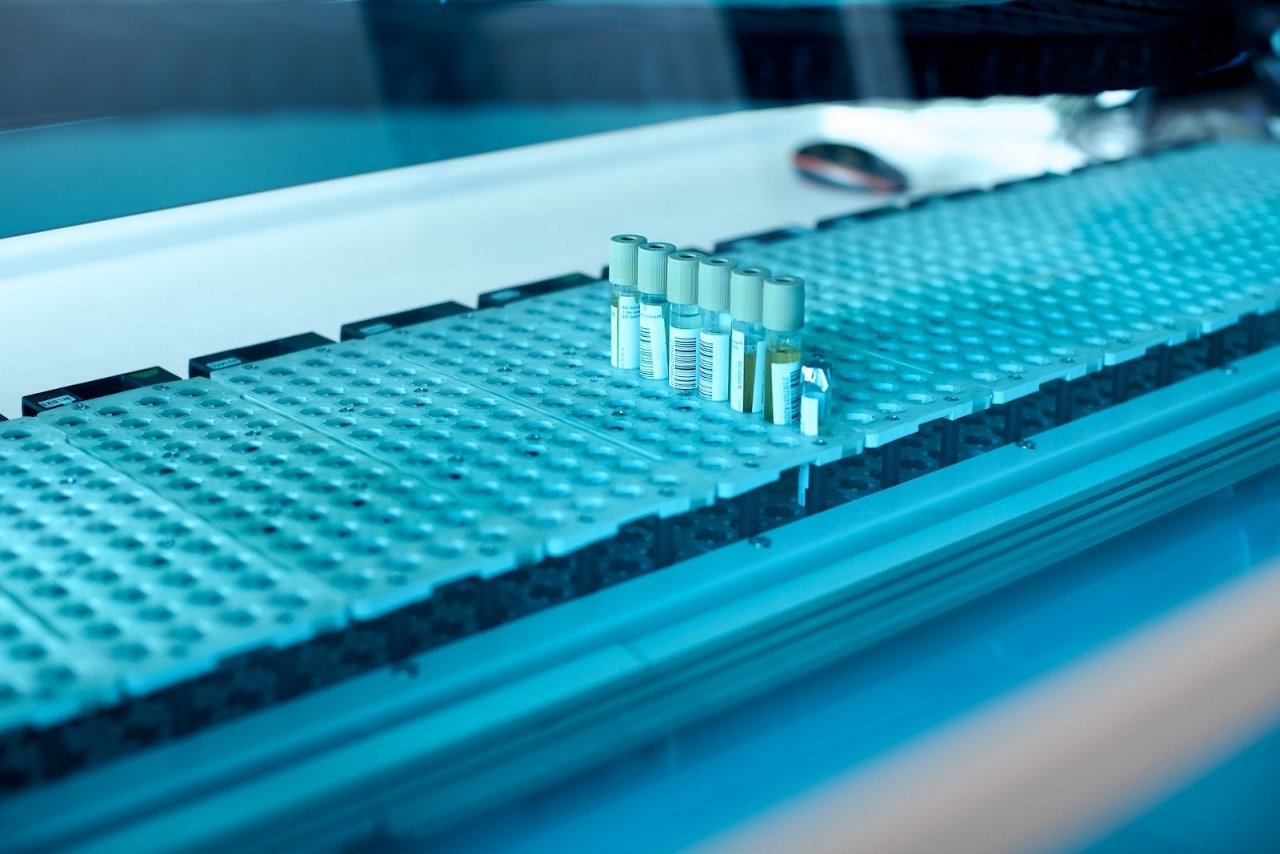
All antibody production, whether polyclonal or monoclonal, starts with a process known as immunization. Injecting the intended specimens into the host causes them to be flagged as foreign and get attacked by antibodies.
If an immunological response is not generated, adjuvants, immunogenic chemicals like Freund's adjuvant or keyhole limpet hemocyanin (KLH), may further stimulate immune recruitment. Most components are necessary to produce polyclonal antibodies acquired by immunization.
Major Processes Involved Polyclonal Antibody Production
The steps in antibody production of this kind involve:
1. Initial Immune Response-Inducing Exposure
"Primary" immunization refers to the first exposure of the host to antigen in the presence of suitable adjuvants. Injections into the epidermis, peritoneum, subcutaneous layer, and muscle are typical routes of administration, and less usual alternatives are administered by mouth or through the nose.
Another cutting-edge technique for poisonous or otherwise challenging to-manufacture antigens is DNA immunization. Any additional antigen exposure is referred to as a "boost" immunization.
2. Processing of Antigens by Antigen-Presenting Cells
All antigen presentation cells (APCs), including macrophages, dendritic cells (DC), and, to some degree, B cells, incorporate antigens through phagocytosis or endocytosis. The antigen is broken down during antigen processing, and the smaller bits are subsequently transferred to the APC's surface.
3. B-cell stimulation
Helper T-Cells send out signaling molecules called cytokines when they recognize antigens on the surface of APCs. These cytokines stimulate B-cell production, which is responsible for antigen recognition thanks to their B-cell receptors (BCR).
Some B-cells don't need Helper T-Cell activation after BCR-antigen interaction. This generally makes a polyclonal antibody response happen faster with fewer affinity antibodies. Helper T-Cell participation is essential for a comprehensive immune response and self-tolerance control.
4. Increased B-Cell Growth and Antibody Synthesis
When stimulated, B-cells divide to produce plasma cells and memory B-cells. Both varieties of cells recognize the identical epitope. Plasma cells release antibodies into the bloodstream so the immune system can identify them. At the same time, memory B-cells stay around for longer and respond quickly when the same antigen is exposed to them again.
Immune Response Assessment
To gauge progress, antibody levels must be measured throughout the vaccination procedure. The level of the immunization-induced immune response can be determined by comparing serum samples taken before and after immunization using an ELISA against the target antigen. The amount of the antibody is found by diluting samples over and over again.
In most cases, a titer of 1:64,000 is believed to be an effective immune response and is adequate for moving on to the next step, either serum harvest or lymphocyte fusion. If your antibody titer is low, you could need a booster shot, a different delivery route, or additional adjuvants.
Harvesting Polyclonal Antibody Serum
To make polyclonal antibodies, you must take blood from the host animal and separate the cellular portion from the serum fraction, where the antibody secretion occurs. The phrase "polyclonal antibody" refers to an antibody that produces numerous antigen-specific antibodies released by numerous activated B-cells.
Antigen fragmentation and the subsequent generation of multiple clonal antibodies directed against a single antigen are essential steps in this process.
Certain BCRs can identify each of them.
Against the same antigen, distinct B-cell populations can produce a variety of antibodies, each of which is unique to the antigen. Additionally, the serum comprises all immunoglobulins aimed against various targets, medicines, hormones, and so on, along with antibodies targeted toward the desired target antigen.
It is possible to employ serum in its natural state as a molecular biology probe; in most cases, additional purification is necessary to improve the sensitivity and specificity of a given test. Depending on the method, affinity purification can recover a significant fraction of the original antibody.
Given these mechanisms, let's dive further into rabbit polyclonal antibody production.
Polyclonal Antibodies in Rabbits
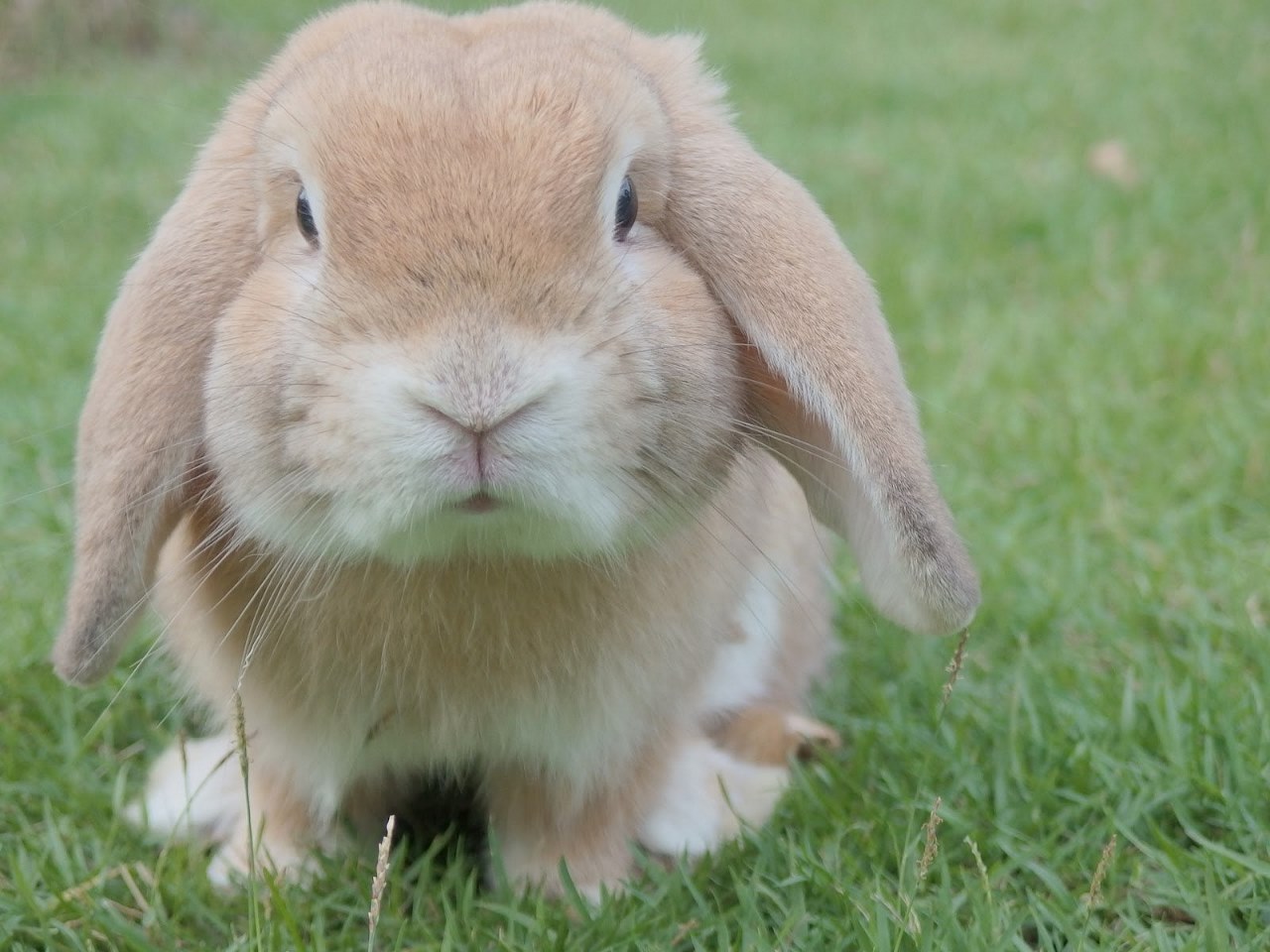
Below are the processes involved in rabbit antibody production.
Antigen preparation
The manufacturing procedure begins with the preparation of protein or peptide antigens. It's vital to ensure the chosen antigen is suitable, especially if you want it to attach to a flexible epitope. Polyclonal antibodies obtained are only as specific as the antigen used.
Impurities with concentrations of less than one percent have the potential to be immunodominant (for example, with many bacterial antigens), which can lead to polyclonal antibody generation that exerts a more significant amount of reactivity towards the impurity than they do with the target antigen.
The process of antigen purification is arduous and time-consuming.
Biomak, fortunately, provides antigen preparation services based on our recombinant protein production platforms. We have extensive experience with recombinant protein and recombinant antibody production of different kinds.
Animal immunization
The type of animal used to produce polyclonal antibodies is determined by the quantity of antiserum required, the ancestral distance between the organism's species of origin and the species that will receive the immunization and the animal's past exposure to the immunogens.
Most of the time, rabbits are used because their genes differ from those of humans and mice, and the origins of the proteins are frequently studied. Plus, rabbits can secrete up to 25 milliliters of serum without adverse outcomes.
Adjuvants stimulate a more robust immunological response in preparation for generating pAb. Freund's Adjuvant is among the adjuvants employed the most frequently in the field of research. When an adjuvant is present, the protein antigen is introduced into the muscle, skin, or under the skin of a living thing of the chosen species.
Following the priming immunization, booster shots are given between 4 and 8 weeks later at 2- to 3-week gaps. After the initial immunization and at regular intervals, the animal is bled, and whole blood serum is created in preparation for the priming immunization.
The synthesis of polyclonal antibodies should be stopped as soon as the antibody titer reaches a level that is considered satisfactory.
Purifying Antibodies
When it comes to purifying polyclonal antibodies, affinity purification is a method that works well.
Immunoglobulin G (IgG) can be enriched from the raw antiserum using protein A/G affinity purification, effectively removing most other proteins.
However, these solutions still include a considerable amount of background IgGs. As a result, during the use of the antibody in assays like ELISA kits, immunohistochemistry, Western blot, etc., the noise level will be significantly increased.
Frequently, antigen-specific affinity purification is utilized to separate polyclonal antibodies from antiserum. Most non-specific IgG fraction is removed due to antigen affinity purification, enhancing the immunoglobulin fraction that exclusively responds with the desired antigen.
Quality Assurance
After purification, polyclonal antibodies undergo several quality control checks to ensure they are acceptable. Absorption at 280 nm, often known as A280, is used to determine the concentration of antibodies. SDS-PAGE is used to determine the purity of polyclonal antibodies.
The ELISA test presents the most appropriate method to determine the antibody titer of polyclonal antibodies.
Lastly, labeling polyclonal antibodies with HRP or biotin allows for accurate enzymatic detection in IHC and will enable you to use different types of conjugated avidin.
The following are guidelines and starting principles for other organisms.
Rats
Animals should be injected with 100–200 g of antigen intraperitoneally or subcutaneously when they are about six weeks old.
Repeat the initial dose every two to three weeks until a satisfactory antibody response develops.
Under general anesthesia, withdraw 400–500 ml from the tail vein 10–12 days following every boost for testing and a maximum of two ml each month after observing an appropriate antibody response.
Mice
Animals should be injected with 50–100 g of antigen intraperitoneally or subcutaneously when they are about six weeks old.
Repeat the initial dose every two to three weeks until a satisfactory antibody response is seen.
Under general anesthesia, bleeding 200-300 ml through the tail vein 6-12 days from the boost for testing and as much as 300 ml on the same schedule after establishing an adequate antibody response.
Goats
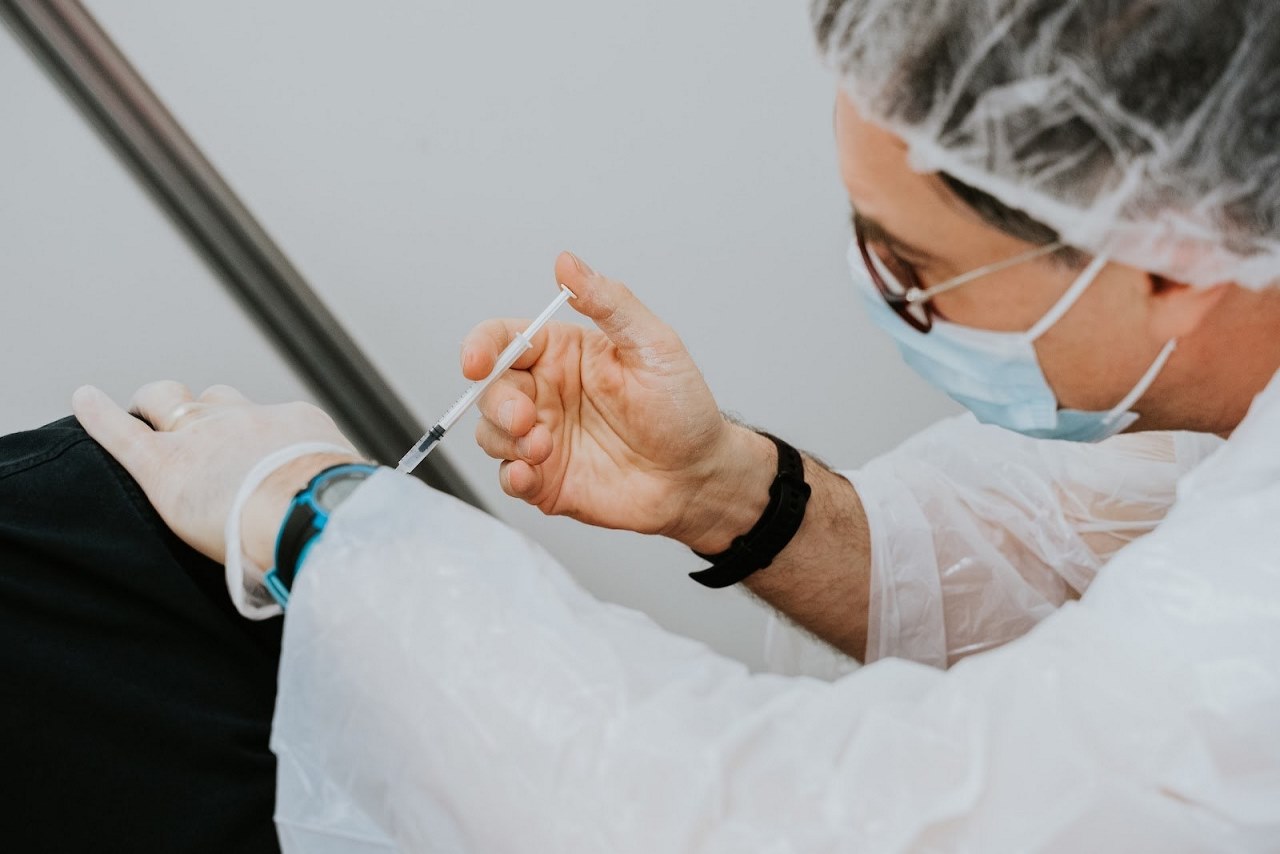
500 g of antigen is injected intradermally at up to 20 locations in a 6-7-month-old goat.
Repeat the dose every two weeks until a satisfactory immune response.
If an adequate antibody response is seen within two weeks of each boost, 5 ml of blood should be drawn from the jugular or cephalic vein every two weeks and up to 400 ml monthly.
Chickens
Give an 18–20-week-old hen 80 g of antigen through the skin or muscle.
Boost with the same quantity every two weeks until a satisfactory antibody response is seen.
Start collecting eggs the day before your planned inoculation.
Custom Antibody Service vs. In-house Polyclonal Production
Based on your prior knowledge, the solution might seem straightforward, but it's a little more complicated and less cut-and-dry than it looks at first glance.
For instance, if you have in-house chromatography expertise, you could outsource injection and blood collection while handling both the front- and back-end purification of antigens and antibodies. This allows you to avoid the high expenditures associated with using an animal facility or the provider's core facilities while giving you complete control over the processes involved.
Small-scale enterprises that want to get into biotech can be a great value proposition. Still, you may need to give them specific protocols and directions on handling samples, or you may need to send a professional to watch the initial inoculations and bleeds.
Even though you employ the services of a full-service custom antibody and gene synthesis company, your provider may provide you with a price reduction if you can do these procedures on their behalf.
Employing a custom antibody service can help guarantee the material for some laboratories in the short, medium, and long term.
Deciding Factors for the Use of Polyclonal Antibodies
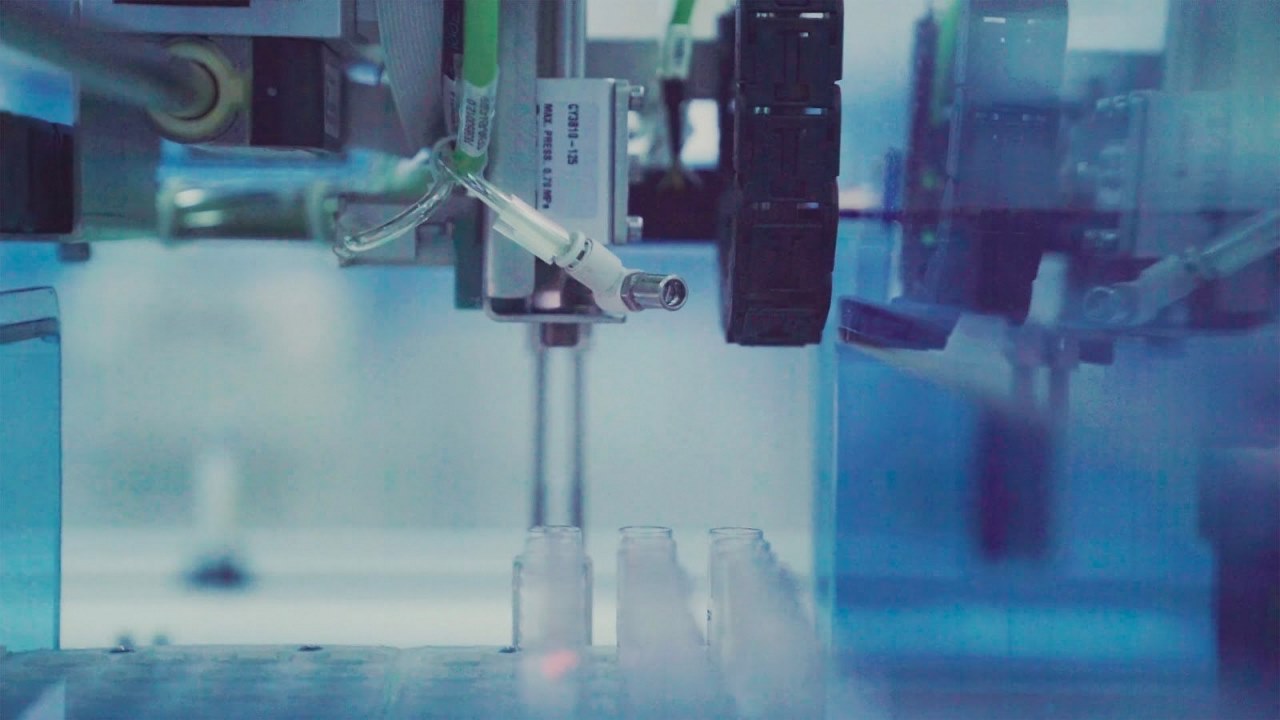
Compared to mAbs, pAbs can be produced in a far more comprehensive range of host species, including shared hosts like chicken, duck, and sheep and more specialized hosts like sheep, goats, and rabbits.
As a result, it's important to weigh many variables before settling on: Whether to create polyclonal, monoclonal, or recombinant antibodies (pAbs, mAbs, or rAbs) and which host species to employ.
If the pAb is going to be deployed for a long-term application that needs a lot of antibodies, a host with a more considerable body weight, like a donkey, goat, or sheep, and consequently a bigger total blood volume, may be more suitable.
Although mouse polyclonal antibodies (pAbs) can be made quickly and affordably, they are not a good choice because they are challenging to maintain and repeat. When a person is immunized against a disease that generally affects a heterologous species, such as a hamster, they may experience a more pronounced immune response.
Conclusion
Antibodies, particularly custom polyclonal antibody samples, are revolutionary tools for diagnosing and treating disease. They have continued to be widely used as critical reagents in life science research. Given the complexity of the processes involved, it seems logical that most scientists use commercial peptide synthesis and antibody sequencing services instead of developing their own.

